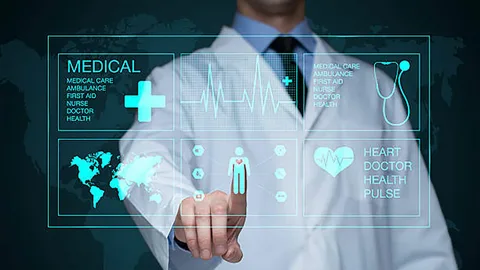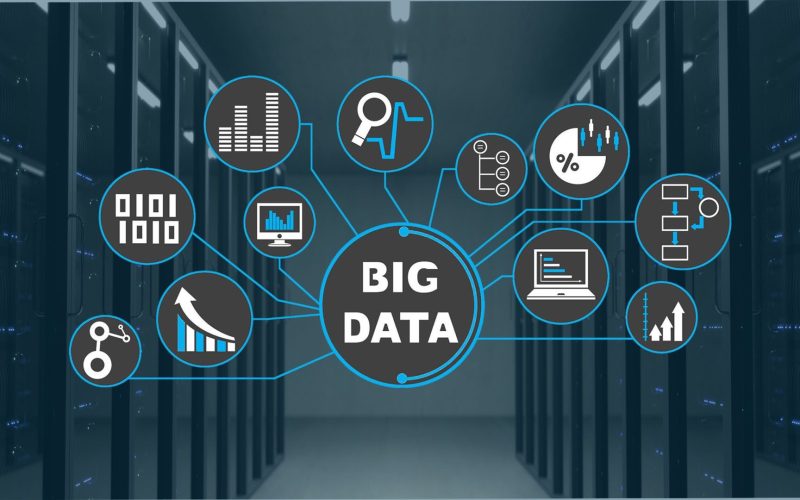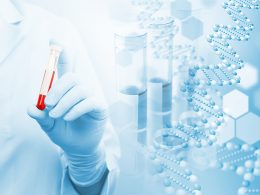In an era where data is considered the new oil, the field of public health has not been left behind. The integration of Big Data into public health surveillance is revolutionizing how health information is gathered, analyzed, and utilized. This article explores the transformative role that Big Data plays in enhancing public health surveillance, highlighting its benefits, challenges, and future potential.
Understanding Big Data in Public Health
Big Data refers to the vast volumes of structured and unstructured data generated from various sources, including electronic health records (EHRs), social media, mobile applications, genomics, and environmental sensors. In the context of public health, Big Data encompasses all the information that can be used to monitor, predict, and respond to health-related events.
Public health surveillance is the continuous, systematic collection, analysis, and interpretation of health-related data needed for planning, implementation, and evaluation of public health practice. Traditionally, this has relied on data from hospitals, clinics, and laboratories. However, the advent of Big Data has expanded the scope and depth of surveillance activities, offering new opportunities for early detection and intervention.
Benefits of Big Data in Public Health Surveillance
Enhanced Disease Detection and Monitoring
One of the most significant advantages of Big Data in public health is the ability to detect and monitor diseases more effectively. By integrating data from various sources, public health officials can identify outbreaks earlier and respond more swiftly. For example, during the COVID-19 pandemic, data from social media, search engines, and mobility patterns provided critical insights into the spread of the virus, enabling timely interventions.
Predictive Analytics
Big Data enables the use of predictive analytics to forecast health trends and potential outbreaks. Machine learning algorithms can analyze historical data to predict future occurrences of diseases, allowing health authorities to allocate resources more efficiently and implement preventive measures. For instance, predictive models have been used to anticipate flu seasons and allocate vaccines accordingly.
Personalized Public Health Interventions
With the granular data available through Big Data, public health interventions can be tailored to specific populations or even individuals. This personalized approach ensures that interventions are more effective and resources are used more efficiently. For example, data from wearable devices can be used to monitor individuals with chronic conditions and provide personalized health recommendations.
Improved Resource Allocation
Big Data analytics can help optimize the allocation of public health resources. By analyzing patterns in health data, authorities can identify areas with the greatest need and allocate resources such as medical supplies, healthcare personnel, and funding more effectively. This targeted approach ensures that resources are used where they are needed most, improving overall public health outcomes.

Challenges of Big Data in Public Health Surveillance
Data Privacy and Security
One of the primary concerns with the use of Big Data in public health is ensuring data privacy and security. Health data is highly sensitive, and unauthorized access or data breaches can have severe consequences. Ensuring that data is anonymized, encrypted, and stored securely is crucial to maintaining public trust and complying with regulations such as the Health Insurance Portability and Accountability Act (HIPAA).
Data Integration and Interoperability
Public health data comes from diverse sources, including healthcare providers, laboratories, and social media platforms. Integrating these disparate data sources and ensuring interoperability can be challenging. Standardizing data formats and developing robust data-sharing protocols are essential to overcoming these challenges and enabling seamless data integration.
Data Quality and Accuracy
The quality and accuracy of data are critical for effective public health surveillance. Inaccurate or incomplete data can lead to incorrect conclusions and ineffective interventions. Ensuring data quality involves validating data sources, cleaning and preprocessing data, and continuously monitoring data for errors or inconsistencies.
Ethical Considerations
The use of Big Data in public health raises ethical considerations, particularly regarding informed consent and the potential for discrimination. It is essential to establish ethical guidelines and frameworks to ensure that data is used responsibly and that individuals’ rights are protected.
Future Potential of Big Data in Public Health Surveillance
Real-Time Surveillance
The future of public health surveillance lies in real-time data collection and analysis. With advancements in technology, it is becoming increasingly feasible to gather and analyze data in real time, allowing for more immediate responses to health threats. For example, real-time monitoring of social media and search engine queries can provide early warnings of emerging health issues.
Integration of Genomic Data
The integration of genomic data with traditional health data holds significant potential for public health surveillance. Genomic data can provide insights into the genetic factors that contribute to disease susceptibility and transmission. This information can be used to develop targeted interventions and personalized treatment plans, ultimately improving public health outcomes.
Artificial Intelligence and Machine Learning
Artificial intelligence (AI) and machine learning (ML) are poised to play a pivotal role in the future of public health surveillance. These technologies can analyze vast amounts of data quickly and accurately, identifying patterns and trends that may not be apparent to human analysts. AI and ML can also automate routine surveillance tasks, freeing up public health professionals to focus on more complex and strategic activities.
Global Health Collaboration
Big Data has the potential to facilitate global health collaboration by enabling the sharing of health data across borders. This collaborative approach can enhance the ability to detect and respond to global health threats, such as pandemics. Developing international data-sharing agreements and standardized protocols will be essential to realizing this potential.
Conclusion
The integration of Big Data into public health surveillance is transforming the way health information is collected, analyzed, and utilized. By enhancing disease detection, enabling predictive analytics, personalizing interventions, and improving resource allocation, Big Data is revolutionizing public health practice. However, challenges related to data privacy, integration, quality, and ethics must be addressed to fully harness the potential of Big Data in public health.
As technology continues to advance, the future of public health surveillance will increasingly rely on real-time data collection, genomic integration, AI, and global collaboration. By embracing these innovations and addressing the associated challenges, public health officials can better protect and promote the health of populations worldwide.










